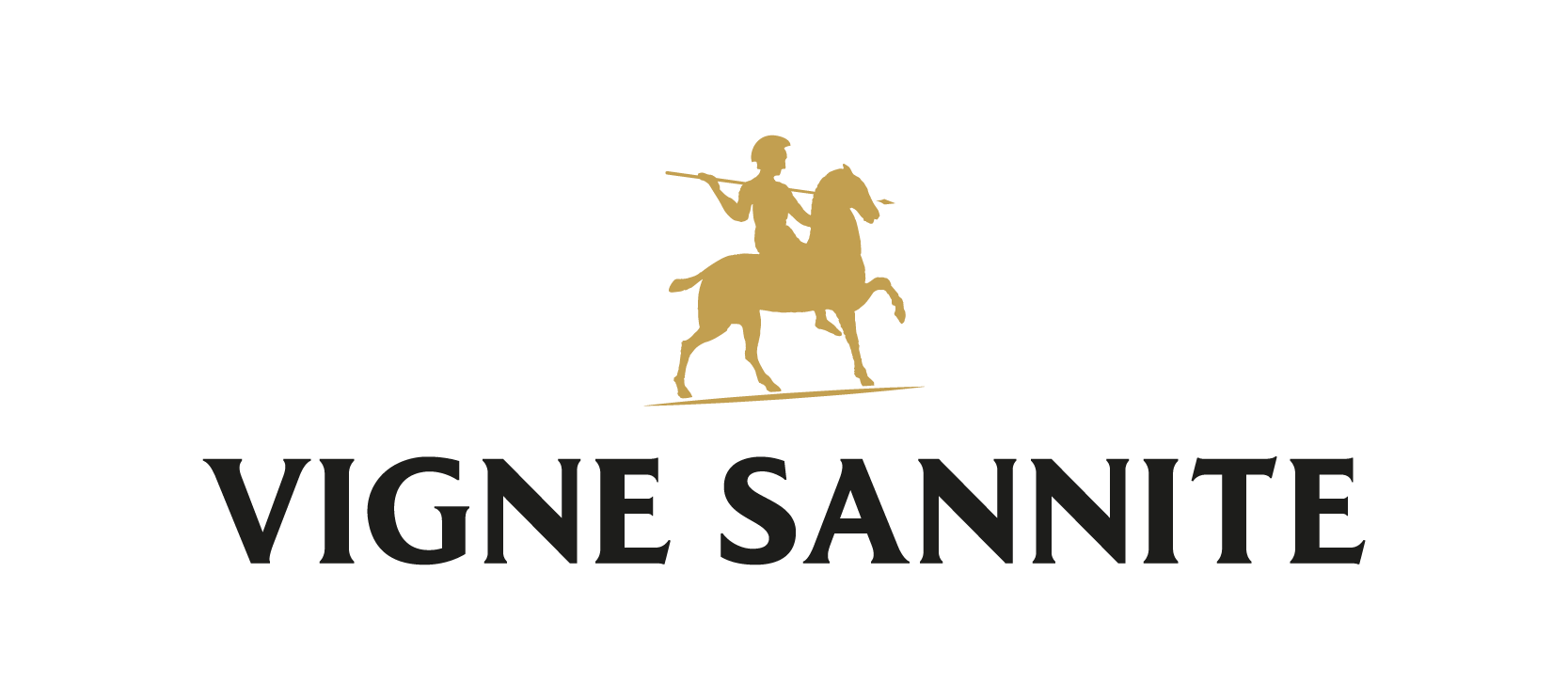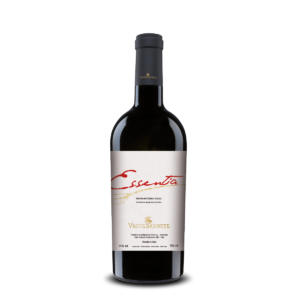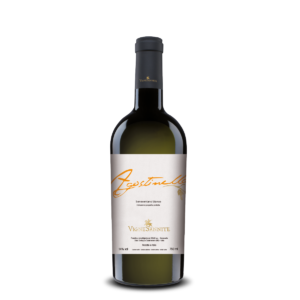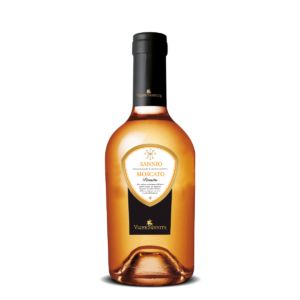Speciali
Essentia
- L’UVA. IL VIGNETO. IL TERRITORIO
- ‘Essentia’ nasce da una accurata ricerca di un blend tra Aglianico, Piedirosso e Barbera. Rispecchia molto il territorio di origine di natura arenaria e vulcanica.
- IL VINO
- Dal colore granata si distingue perla sua armonia e complessità aromatica, elegante e di ottima struttura dai tannini morbidi e avvolgenti, si abbina a piatti tipici della cucina mediterranea. Vino da servire ad una temperatura di 18°C. dopo averlo ossigenato in apposito decanter.
- LA VINIFICAZIONE
- Dopo una attenta selezione dei migliori siti per di questi vitigni, le uve vengono diradate nel vigneto e poi conferite nell’enopolio ove subiscono una diraspatura e macerazione pellicolare in presenza di fermentini di solo 100 hl. Segue una fermentazione a temperatura controllata a 22-25°C., così facendo si ottiene un prodotto fruttato, morbido e tipico, che esalta le peculiarità dei vitigni e del territorio.
- THE GRAPES AND THE VINEYARD
- ‘Essentia’ is the outcome of a meticulous search for a blend of Aglianico, Piedirosso and Barbera. It innater reflects the sandstone and volcanic character of the terroir of origin.
- THE WINE
- Garnet in colour, this wine is striking for its harmony and aromatic complexity; elegant and perfectly-structured, with soft and enveloping tannins, it is a perfect match for the typical dishes of Mediterranean cuisine.
Wine to be served at a temperature of 18° C, after appropriate oxygenation in the decanter. - VINIFICATION
- After careful selection of the best sites for these vines, the grapes are thinned out in the Vineyard, after which they are delivered to the winery where they undergo destemming and maceration on the skins in fermentation vats of 100 hl. This is followed by fermentation at a controlled temperature of 22-25° C.
The result is a fruity, soft and typical wine that enhances the characteristics of the grape varieties and the terroir.
Agostinella
- L’UVA. IL VIGNETO. IL TERRITORIO
- Vino ottenuto da antichi vitigni del Beneventano, che meglio si sono adattati al clima e alle forti escursioni termiche del territorio.
- IL VINO
- Dal colore giallo paglierino dai riflessi dorati, ampio fortemente caratterizzato all’olfatto, esprime sentori di pera matura e pesca bianca con un ottimo volume di bocca che lo rendono particolarmente abbinabile a piatti speziati ed elaborati al forno. Servire ad una temperatura di 10-12°C.
- LA VINIFICAZIONE
- Dopo una attenta cernita delle uve effettuate nei vigneti, vengono conferite nell’enopolio ove subiscono una pigio-diraspatura soffice ed aggiunta di ghiaccio secco per effettuare un primo controllo delle temperature.
Segue una fermentazione a temperatura controllata 13-15°C.
- THE GRAPES AND THE VINEYARD
- THE WINE
- Straw yellow in colour with golden reflexes, full-bodied with a strong characteristic bouquet, it expresses hints of ripe pear and white peach, with an excellent volume on the palate that make it a particularly good match for spicy and baked dishes. Serve at a temperature of 10-12° C.
- VINIFICATION
- After a careful sorting of the grapes performed in the vineyards, they are delivered to the winery where they undergo soft pressingdestemming and the addition of dry ice for an initial temperature control. This is followed by fermentation at a controlled temperature of 13-15° C.
Moscato
- L’UVA. IL VIGNETO. IL TERRITORIO
- Da sempre presente nel Sannio con vari biotipi
fra cui quello più famoso eil Moscato Bianco
puntinato, localmente detto Moscatello.
Preferisce terreni asciutti, argillosi-calcarei
con ottima esposizione. Potatura a guyot o
alberello, grappolo medio piccolo, spargolo con
acini regolari, matura dalla seconda decade di
Settembre ai primi di Ottobre. - IL VINO
- II Moscato Passito ha un colore giallo
paglierino dorato, con sentori tipici da terpeni
di Moscato, conserva tutta la fragranza delle
uve di origine, un bouquet ampio e complesso.
Si abbina ottimamente a dessert secchi,
formaggi stagionati e ottimo come vino da
meditazione lontano dai pasti. Consigliamo di servirlo ad una temperatura di 12°C. - LA VINIFICAZIONE
- Da una attenta selezione in campo, le uve a
raccolta tardiva vengono selezionate e messe
su dei graticci ad appassire.
L’appassimento dura fino alla fine di Novembre
ed entro l’8 Dicembre le uve vengono pressate
e il mosto viene fatto fermentare in legno di
rovere a temperatura controllata.
- THE GRAPES AND THE VINEYARD
- This is a vine that has been present since time
immemorial in Samnium in various biotypes,
the most famous of which is the Moscato
Bianco puntinato, locally known as Muscatel.
It prefers dry, clayey-calcareous soils with
excellent exposure. Guyot or bush training,
medium-small bunches in the form of straggly
clusters with regular-shaped grapes.
It ripens between the second decade of
September and early October. - THE WINE
- The Moscato is a golden straw yellow in colour,
with the characteristic hints of Muscatel
terpenes. lt conserves all the fragrance of
the original grapes in an ample and complex
bouquet. lt offers the perfect accompaniment
to dry desserts and mature cheeses
and is excellent as a wine of meditation
outside mealtimes.
We recommend serving at a temperature of 12° C. - VINIFICATION
- After careful selection in the Vineyard, the
late-harvested gra pes are selected
and placed on racks to dry.
The drying continues up to the end of
November, and by the 8th of December the
grapes are pressed. after which the
must is fermented in oak wood casks at
controlled temperature.



